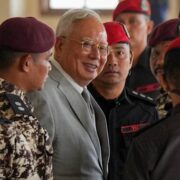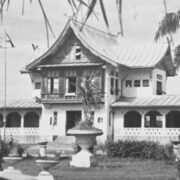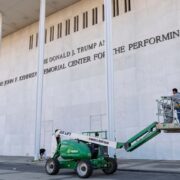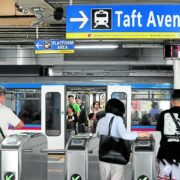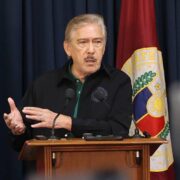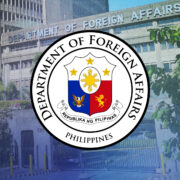Representative Congress?
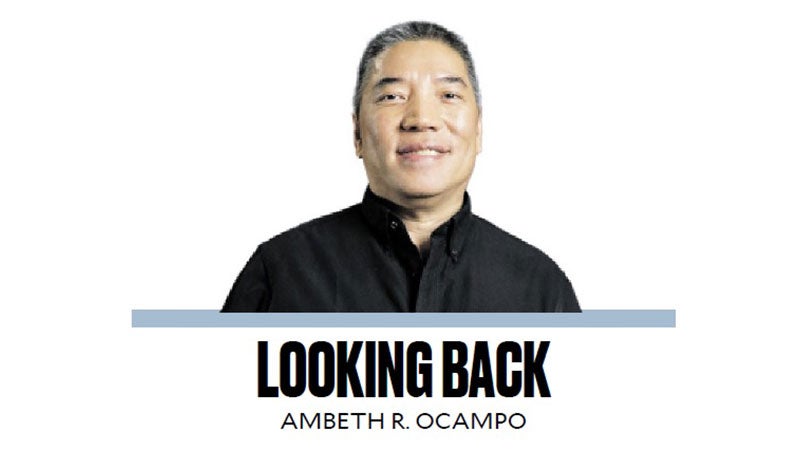
Did you know that yesterday, Jan. 23, was a special working holiday? Republic Act No. 11014 declared Jan. 23 of every year “The First Philippine Republic Day.” Before that, in 2013, Benigno S. Aquino III by proclamation, declared Jan. 23 as “Araw ng Republikang Filipino, 1899.” Like many Filipinos, I endured the study of the Philippine Constitution in high school and college, yet the Malolos Constitution is a blur. I know of it but never read the whole text till I was taking up my master’s degree. In retrospect, I would probably appreciate the present Constitution more had I read the previous ones: Malolos, 1935, 1943, and 1973.
On Jan. 23, 1899, the Malolos Constitution was approved by a mix of elected and appointed delegates paving the way for the establishment of the “First Philippine Republic,” also known as the ”Malolos Republic.” I have a printed copy of the original Malolos Constitution, it is small enough to fit in your pocket. It opens by defining the Republic:
“Chapter 1 The Republic. Article 1. The political association of all Filipinos constitutes a Nation, whose state shall be known as the Philippine Republic. Article 2 The Philippine Republic is free and independent. Article 3 Sovereignty resides exclusively in the people.”
Then it describes the government as:
“Article 4 The Government of the Republic is popular, representative, alternative, and responsible, and shall exercise three distinct powers: namely, the legislative, the executive, and the judicial. Any two or more of these powers shall never be united in one person or corporation, not the legislative power vested in one single individual.”
Spanish was temporarily adopted as an official language because: “use of languages spoken in the Philippines shall be optional. Their use cannot be regulated except by virtue of law, and solely for acts of public authority and in the courts. For these acts, the Spanish language may be used in the meantime.” While many of the provisions in the Malolos Constitution are obsolete in our time, it is still relevant to know these in the context of succeeding Constitutions.
Photos of the delegates to the Malolos Congress, walking from Malolos Church to nearby Barasoain give us an image to go with the text. Another shows the delegates wearing black coats inside the church. Emilio Aguinaldo’s arrival, in a large black coach pulled by four white horses, looks very grand indeed. More so because he is assisted by liveried footmen. The spoiler to this scene is the fact that the coach was borrowed from the neighborhood “funeraria,” and the coachmen were actually undertakers. One could say that the inauguration of the Malolos Republic referenced both the birth and death of the Philippine Revolution.
For this column, I compared two delegate lists to the Malolos Congress, one from September 1898 compiled and certified by Pedro Paterno, President of Congress, the second from July 1899, based on materials captured by the enemy once known as the “Philippine Insurgent Records.” At one point, there were 136 delegates to the Malolos Congress representing 43 provinces, with 58 elected delegates and 68 appointed. The provinces with fully elected representatives were: Abra with two elected delegates; Bataan, three; Batangas, four; Bulacan, four; Cavite, four; Camarines, four; Ilocos Norte, six; Laguna, four; Lepanto, three; Manila, four; Morong, two; Nueva Ecija, three; Pampanga, four; and Tarlac, with three.
Some provinces only had appointed delegates: Iloilo had the most at five appointed representatives. Cebu and Leyte had four each. Antique, Bohol, Calamianes, Capiz, Misamis, Negros Occidental and Negros Oriental, Samar, Sorsogon, and Zamboanga each had three appointed delegates. Catanduanes, Masbate, and Paragua or Palawan had two. Palaos was so far, and yet it had one appointed representative.
Many revolutionary generals were appointed: Vito Belarmino from Albay was representative of Batanes, Jose Alejandrino of Pampanga represented Catanduanes, Francisco Makabulos of Tarlac represented Cebu, Venancio Concepcion to Iloilo, Pio del Pilar from Makati, and Luciano San Miguel from Cavite were appointed to Negros Oriental, Servillano Aquino from Tarlac appointed to Samar, and Tomas Mascardo of Cavite represented far off Zamboanga.
For some reason, a number of provinces had a mix of elected and appointed delegates: Albay, four elected one, appointed; Batanes, one elected, one appointed; Cagayan one elected, two appointed; Ilocos Sur three elected, one appointed; Isabela, two elected, one appointed; La Union, one elected, two appointed; Mindoro, one elected, two appointed; Nueva Vizcaya, one elected, one appointed; Padre Burgos, one elected and two appointed; Pangasinan, two elected and two appointed; Tayabas, one elected, two appointed; and Zambales, two elected and one appointed. While the stillborn republic was fighting a war of independence, one wonders what representation in Congress actually meant.
History is not about quiz bees with only one right answer. Looking back on the Malolos Republic generates more questions than answers. And it is by asking questions, seeking answers that we appreciate the continuing relevance of the past.
—————-
Comments are welcome at aocampo@ateneo.edu
Ambeth is a Public Historian whose research covers 19th century Philippines: its art, culture, and the people who figure in the birth of the nation. Professor and former Chair, Department of History, Ateneo de Manila University, he writes a widely-read editorial page column for the Philippine Daily Inquirer, and has published over 30 books—the most recent being: Martial Law: Looking Back 15 (Anvil, 2021) and Yaman: History and Heritage in Philippine Money (Bangko Sentral ng Pilipinas, 2021).




